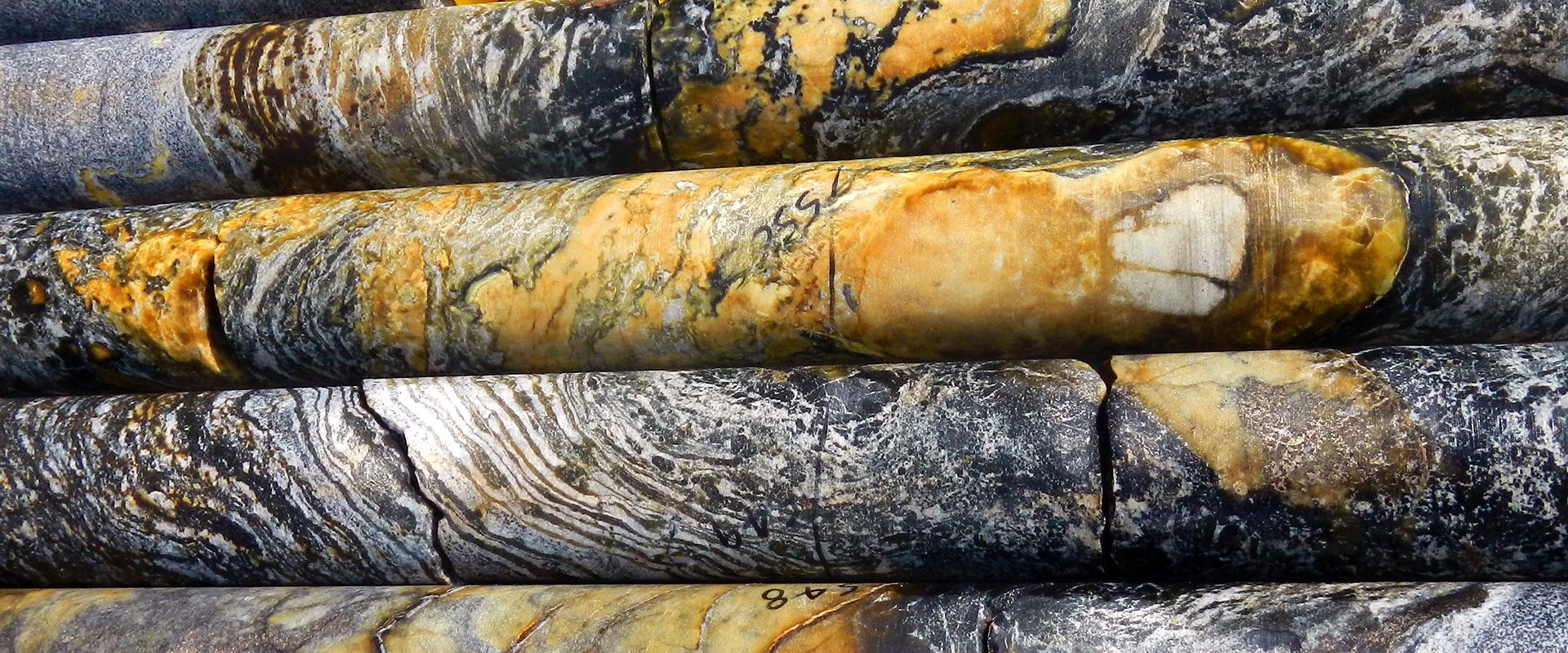BRGM's geological library in Orléans
Transcription
This is where part of France's memory is stored. These crates contain the witnesses of thousands of years of French soil. This is BRGM's drill core library.
It is where we archive and study our rock collections. These crates behind me contain drill-core samples from different depths, which can be accessed and studied at any time.
Would you show us around?
Come on, then.
The BRGM, or French Geological Survey, stores 40,000 metres of geological cores here. A geological core is this. To obtain them, you drill into bedrock and extract a continuous sample without destroying the rock. Cores tell us how the Earth was formed and whether water, oil or minerals are present.
Core drilling furthers geological understanding and tells us what lies beneath our feet. It also enables us to correlate information about different sites to understand the geometry of the subsurface or of the reservoirs in which, for example, water can be stored.
Some samples are from important drilling projects.
These are the core samples from our drilling project in Couy-Sancerre. We took continuous core samples to a depth of 1,800 metres. Then we took a series of core sample sections to the final depth of 3,500 metres. It's the deepest drilling project BRGM has done with its university partners in France.
These are not the only memorable rocks archived in the drill-core library. Down here, these crates contain cores from an historic drilling project.
These cores were taken when the Channel Tunnel was drilled. They were taken horizontally at the front of the boring machine, to see which rock type was ahead and to make sure we stayed in the same layer: Paris Basin chalk marl. You can write with it.
But to preserve and protect this heritage, the BRGM has decided to store its geological cores in plastic crates.
This involves putting the cores in the right order, keeping each core sample intact and noting the initial and final depths of each core. All of this is photographed and added to a database. The idea is to make the database available on our InfoTerre website.
You can view the photos on the site or come study the core samples here at the drill-core library.
Everyone can come here and consult the archives. We welcome academics, who work on the core samples, industrialists too, who want to know more about a particular site's geology. We have these objects for study as well as analytical facilities. We can offer our users the whole analytical chain.
The BRGM refines its knowledge of France's subsurface with new drilling projects, like here near Bordeaux, whose core samples will be added to the library.







